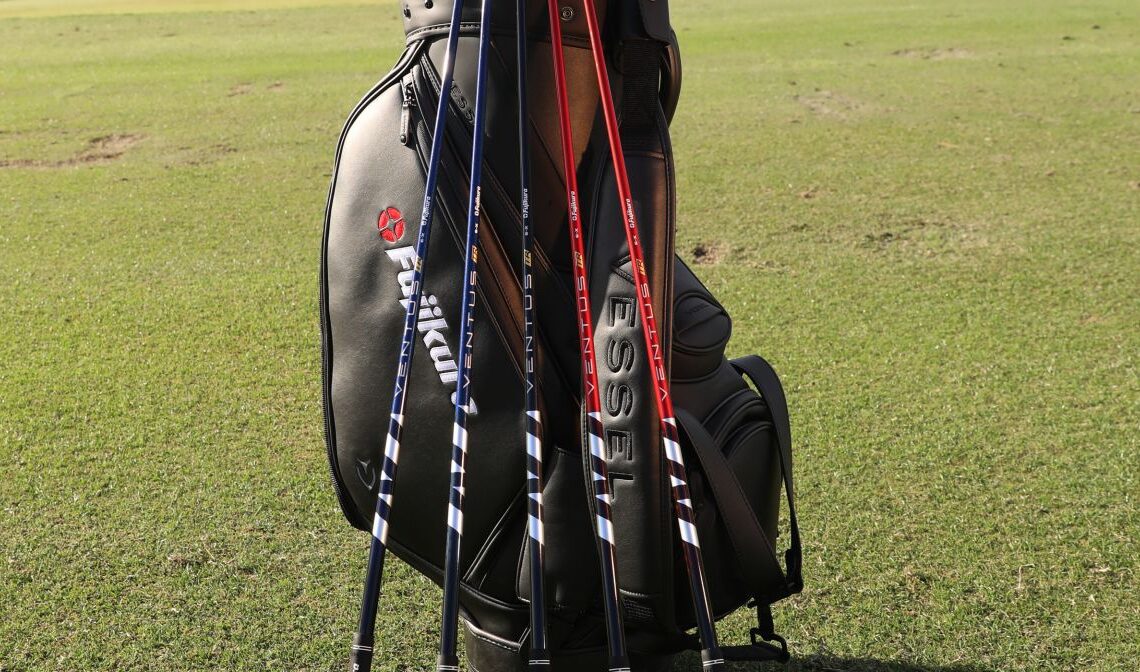Often it’s said that the shaft is the engine of the golf club. Simply put, it’s a crucial piece of equipment – the timing device for the swing. No one understands this better than Fujikura, the most trusted wood shaft brand on the PGA Tour.
Since its inception in 1994, the company has been at the forefront of design and development to produce the world’s best golf shafts, helping golfers of all levels get the best performance from their clubs.
Every Fujikura golf shaft is precisely designed through the use of its Enso 3-D motion capturing system – the first club fitting system that measures information both before and after the ball is hit. As a result, the club and shaft are dynamically measured and recorded throughout the entire swing.
Marshall Thompson, fitting and tour representative, has been with Fujikura for 15 years, during which time he has witnessed many a scientific breakthrough. If we’re nearing the ceiling in clubhead design, the same cannot be said of shafts. We caught up with Thompson to find out more about how Fujikura is setting new standards in shaft design and performance.
Marshall Thompson has seen a lot of change during his 15 years at Fujikura
(Image credit: Kevin Murray)
Tell us about your role working for Fujikura…
I started out as an intern in the tour department. I remember my interview phase and being asked whether I knew how to fit. I said no, and they asked me whether I knew how to build clubs. I said no. They looked at me and said, “Good, we’re going to teach you the right way!”
I’ve worn a lot of hats at Fuji, from product design and running the fitting studio to being a Tour representative travelling across the globe fitting the world’s best players. We’re a passionate group and I’ve been lucky enough to have the right mentors, such as CEO Dave Schnider, and Pat McCoy and Jon Hovis, who were the tour representatives at the time.
How has the company evolved during your time?
In the late ’90s we had an opportunity to bring after-market shafts, using some very exotic materials, to the consumer market. I remember when we launched our Speeder 757. We went to our charter dealers network and said, “Hey, we’ve got this Triax material, a three- directional weave, it’s very stable, it’s going to lower launch and lower spin.” They almost laughed at us because there was nothing on the market that was that cost at the time.
We took it to the PGA Tour and within the first year we dominated. That’s…
..
Click Here to Read the Full Original Article at Golf Monthly RSS Feed…
